Hezbollah commander's assassination and Israeli military’s delusions
By Wesam Bahrani
How will the assassination of one of the most senior and respected Hezbollah commanders, Abu Talib (Talib Sami Abdallah), impact the Lebanese resistance and regional dynamics?
This is the question circulating since Abu Talib’s martyrdom in an Israeli airstrike last week.
Undoubtedly, the Axis of Resistance in general, and the Lebanese Hezbollah resistance movement in particular, have lost one of their biggest assets. But does it change battlefield equations?
On the Lebanese front, it is clear that the occupying entity seeks to downgrade the military capabilities of Hezbollah. This is a tough task against a powerful and formidable resistance movement.
Throughout these nine months of the genocidal war on Gaza and the daily exchange of fire with Hezbollah in southern Lebanon, the Zionist entity has assassinated dozens of resistance commanders.
The day after Abu Talib and his companions were martyred, Hezbollah responded by firing hundreds of projectiles at Israeli military positions across the occupied lands, inflicting devastating blows.
Some observers even noted that the retaliatory strikes sent the regime back to the Stone Age.
Hezbollah lost its most senior military commander, Imad Mughniyeh, in 2008 but went on to spearhead the years-long successful battle against Daesh Takfiri terrorists in Syria without Mughniyeh.
In Syria, the Lebanese resistance lost another senior military commander, Mustafa Badreddine. Still, it opened the southern front against the occupying entity in solidarity with Gaza on October 8, as if Mughniyeh and Badreddine were both present.
On the regional level, the Axis of Resistance lost the celebrated commander, General Qassem Soleimani. However, al-Aqsa Storm started and continues as if the late Iranian general is still alive and pulling the strings.
Hezbollah pledges more powerful strikes on Israel after senior commander killedhttps://t.co/1SKC2tY71Y
— Press TV 🔻 (@PressTV) June 12, 2024
The Iraqi resistance lost Abu Mehdi al-Muhandis, another top-notch commander, but the Islamic Resistance in Iraq continues to execute increasingly sophisticated operations against the occupying Zionist entity and its Western backers as if al-Muhandis had been engineering the operations.
The fact is that the American-sponsored Zionist enemy can kill leaders and commanders, yet the Axis of Resistance enacts the same plans, and its performance on the battlefields hasn't changed one iota.
The occupying entity does not and cannot benefit from these assassinations of resistance leaders and commanders. They have no impact on the battlefield dynamics.
Before the martyrdom of Haj Radwan (Mughniyeh), Hezbollah had already made plans on how commanders would be replaced so that the role of the resistance was not affected.
The Zionist enemy, on the other hand, loses manpower and lacks a strategy on how to replace it to keep up the genocidal aggression.
On the other hand, the growing anti-Zionist resistance targets the capabilities of the enemy with precision and effectiveness, which has been evident in the past eight months.
The firepower of Hezbollah alone has sent tens of thousands of Israeli soldiers into hiding, let alone the hundreds of thousands of settlers who have abandoned the north amid daily operations by the Lebanese resistance.
For months, the entity believed Hezbollah missiles were powered by GPS, only to learn they are not.
As it turns out, a crew sits in an unknown location and guides missiles (equipped with a video camera to capture the impact) while having the ability to change the direction of the projectiles mid-way after their launch.
This represents a true headache for the Iron Dome, the much-hyped Israeli air defense system, especially when dozens of missiles, Katyusha rockets, and drones are fired simultaneously.
As for the advanced version of the Kornet, the days of the 2006 July war (when the Russian-made anti-tank missile made its name in the region) must look like days of peace for the occupation.
And who is to say that Hezbollah's elite Radwan force will not enter the occupied Sheba'a Farms if the daily exchange of fire escalates? That may very well happen too.
Hezbollah has fired rockets at Israeli positions in the northern occupied territories in retaliation for the regime's killing of a senior Hezbollah commander.
— Highlights (@highlightsnews1) June 12, 2024
Press TV's Beirut Correspondent, @Mariampresstv, provides an update on the situation. pic.twitter.com/wIOSW9j1w9
When a Hezbollah hoopoe brings back 9-minute surveillance footage of the most sensitive sites in Haifa, including an Israeli Rafael military factory, Iron Dome batteries, rocket engine depots, the David’s Slingshot facilities, radar ports, and airports, you know things aren't going well for the occupation.
A short analysis of the past eight months of the Israeli occupation forces (IOF) in Gaza also highlights this steep decline in the US-armed Israeli military.
At the start of the US-backed genocidal war on the Gaza Strip, the IOF managed to enter northern Gaza and in two weeks was able to occupy 180 square kilometers.
More than eight months later, the IOF has been fighting in the southern Gaza city of Rafah for the past two months and is incapable of controlling more than 18 square kilometers.
This highlights the occupying army’s rapid decline in efficiency, its total failure, exhaustion, and loss of ability to continue fighting against the resurgent resistance front.
Eight months ago, the IOF attempted to justify its air and ground assault on northern Gaza by declaring that the Hamas command center and the resistance were based there.
Northern regions of Gaza, such as Jabalia and the Zeitoun neighborhood of Gaza City, have been assaulted far too many times, and yet the Palestinian resistance shows no sign of defeat but rather continues to inflict blows on the Israeli military.
If Hamas leaders, the command centers, and the captives are in Rafah, as the occupying entity claims, it begs the question of why the IOF didn't start its military operations in Rafah more than eight months ago.
Back then, the entity had the backing of the Western world and many in the international community.
Starting with Rafah would never have been met with the global outrage that the Zionist occupation faces today.
From a military perspective, it would have made complete sense.
But this is genocide, not a military response. The lack of any strategic military planning shows the demise of a delusional army that was once considered the most powerful in the region—a myth that was shattered by Hezbollah in 2000 and again in the July war of 2006.
Wesam Bahrani is an Iraqi journalist and commentator.
(The views expressed in this article do not necessarily reflect those of Press TV.)
VIDEO | Yemen: A bone in Israeli neck
D-8’s role in Iran’s economy after Cairo summit
China slams US as ‘war-addicted’ threat to global security
China ‘firmly opposes’ US military aid to Taiwan
VIDEO | Press TV's News Headlines
President Yoon Suk Yeol to be removed from office
At least 19 Gazans killed by Israeli airstrikes since dawn: Medics
Leader: Iran neither has nor needs proxy forces


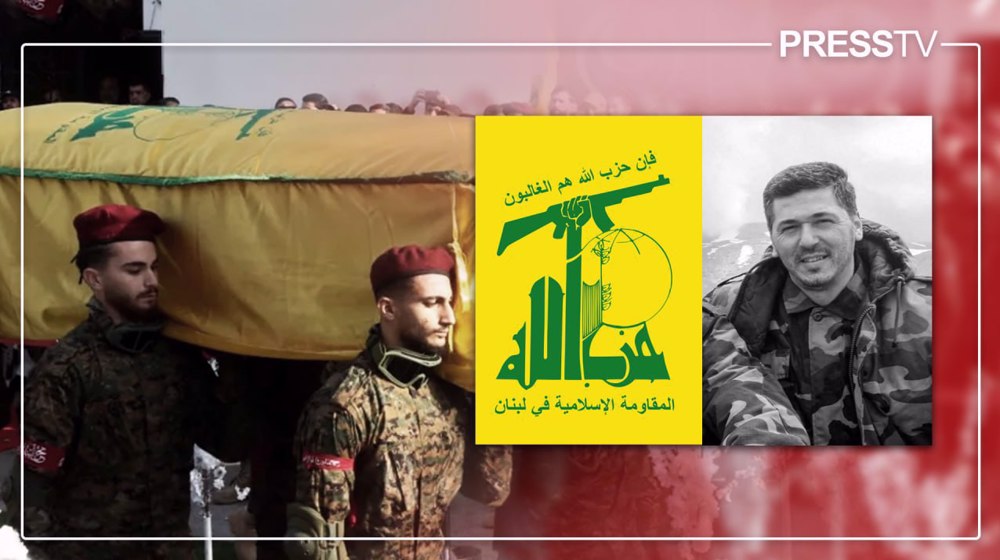
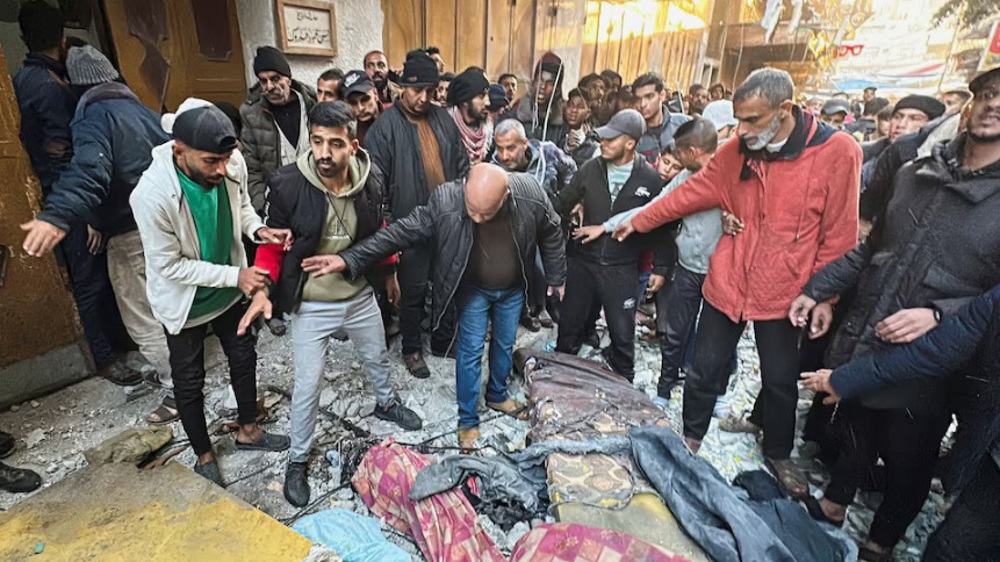
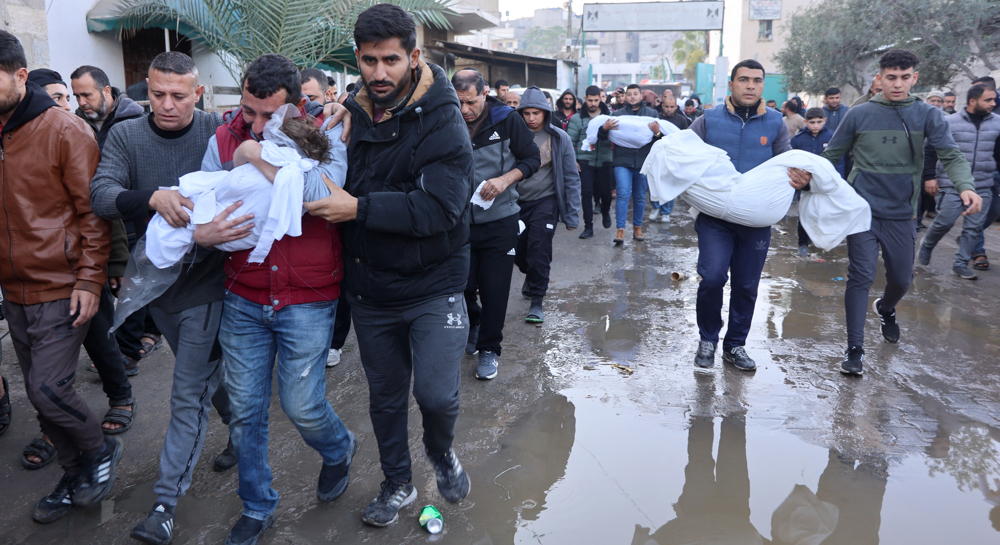
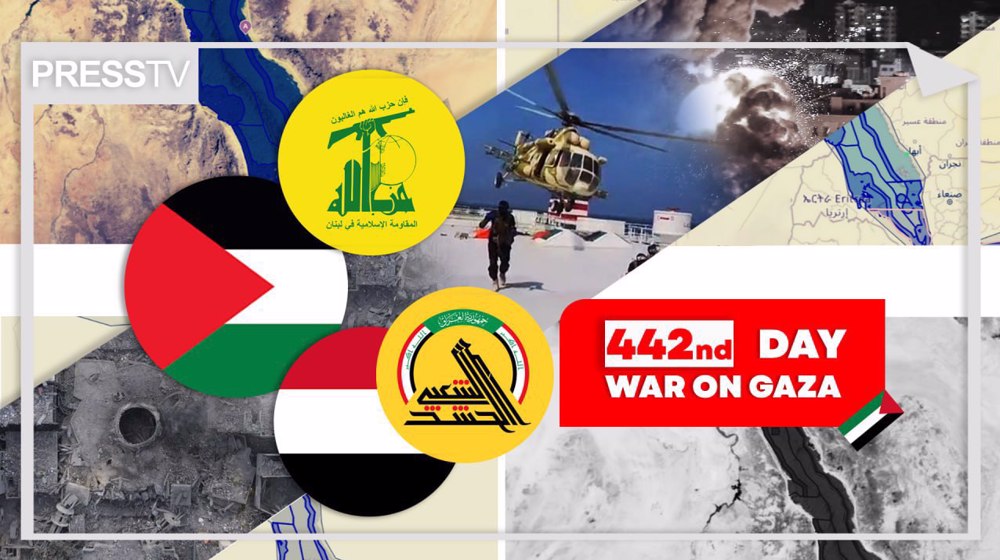






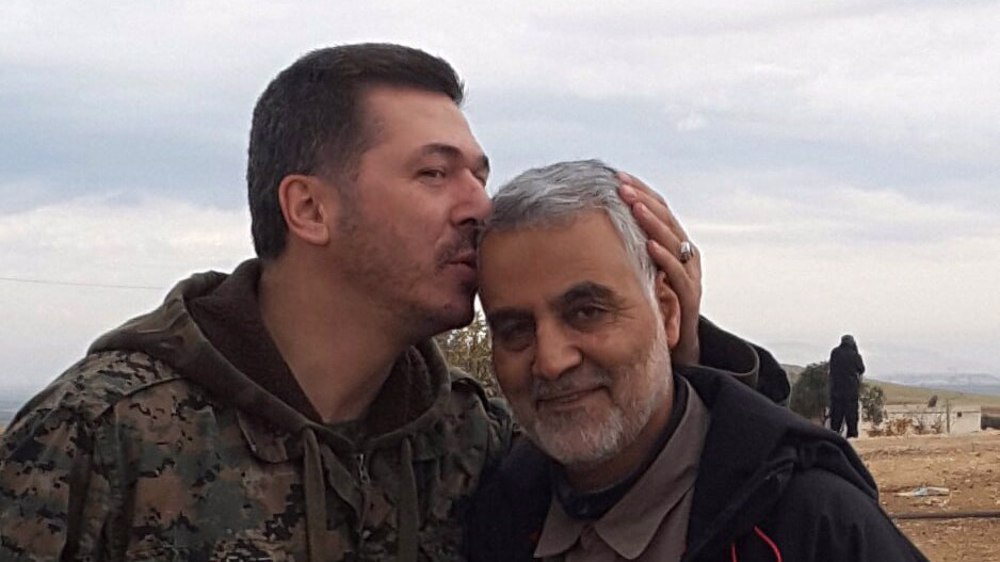


 This makes it easy to access the Press TV website
This makes it easy to access the Press TV website